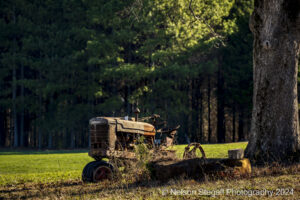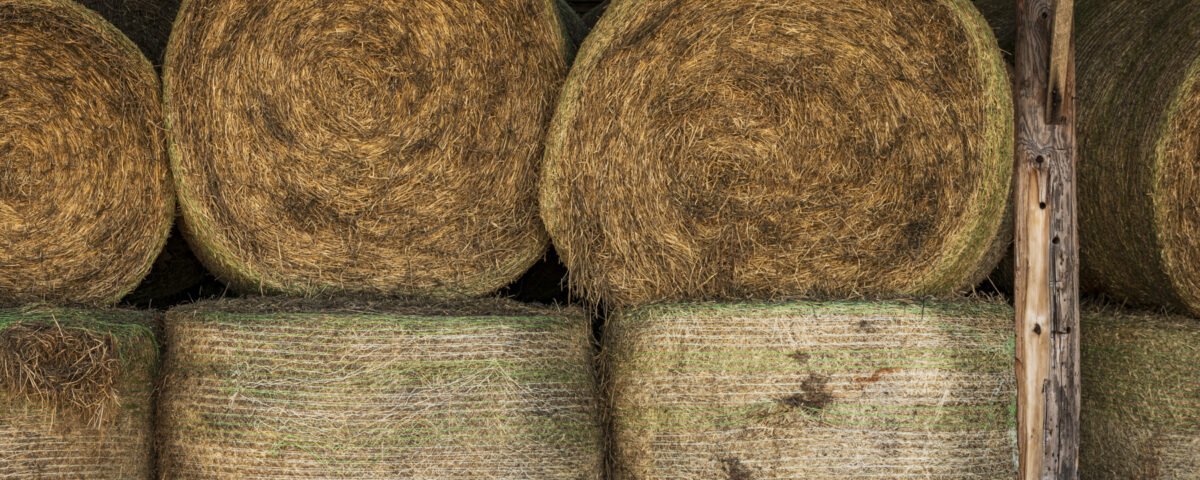
Unanimous Support for the NC Farm Act Benefits Working Farms, Forests, and Trails
July 25, 2024
Reaching the Summit: The Trek for Trails on Spencer Mountain
October 3, 2024What happens to farms when farmers retire? According to the American Farmland Trust, “forty percent of the nation’s agricultural land – 370 million acres – is owned or operated by seniors.” Many of our local farms are small family farms, so one might think it’s fairly straightforward–the next generation picks up where mom or dad left off. However, passing down a farm isn’t as simple as passing down grandma’s china: it’s a business, property, and a livelihood. Even if the next generation wants to continue in this business, there are challenges. To successfully and smoothly transition to a new farmer, there needs to be a succession plan in place.
Succession plans are the who, what, when, and how of farm transitions. They are unique to each farmer and family. A succession plan gives the next generation of farmers the opportunity to support local food systems and economy. Without these plans in place, precious local farms can be lost.
While these plans can be daunting, farmers don’t need to go at it alone. Organizations like the Catawba Lands Conservancy are here to provide support and guidance, especially with assistance from the Land Transfer Navigator Program.

Photo of Mitchem Family Farm by Nelson Stegall
Land Transfer Navigator Program:
Catawba Lands Conservancy is now part of the Land Transfer Navigator Program, a four-year program of the American Farmland Trust. The goal of the program is to “dramatically increase the transfer of farm and ranch land to a new generation of producers.”
Why Is Farmland Succession a Priority for the Catawba Lands Conservancy?
Protecting farmland keeps our local food systems healthy, our green spaces green, and so much more. Local farms boost our economy, provide healthy food options, and give the land room to breathe. We are all benefitting from local farms, whether we think about it or not, so our land conservation team at the Conservancy is working to protect those farms for generations to come.
Farmland conservation is a key pillar of our organization, and we have conserved over 3,000 acres of agricultural land in the Carolina Piedmont. Here are a few examples:
The Frye Family Farm

Photo of Frye Farm
Gerald and Leslie Frye came to farming later in life. Gerald had no farming background, while Leslie‘s family had a cattle operation when she was a child. They conserved a beautiful 206 acres of farmland to raise cattle and have kept their land in tip-top shape by following the best farming practices. We are excited to say that the Frye’s are still hard at work and loving their farm! To read more about the Frye Farm, check out this article from back in 2010: Keeping Farmland a Living Legacy
The Mitchem Family Farm
The Mitchem farm is one that goes back 150 years to the current owners’ great-great-grandfather. This farm is a way of life for the Mitchem’s, who want to keep the land for farming, not development. The farmland supports beef cattle and a variety of crops like soybeans, grain, blackberries, blueberries, and grapes. All of which you may have been enjoying without even knowing they were grown right next door! You can learn more about this farm and family’s journey in our blog: Keeping History Alive: Mitchem Family Preserves Farmland through Two Conservation Easements
Header photo: The Mitchem Family Farm by Nelson Stegall

